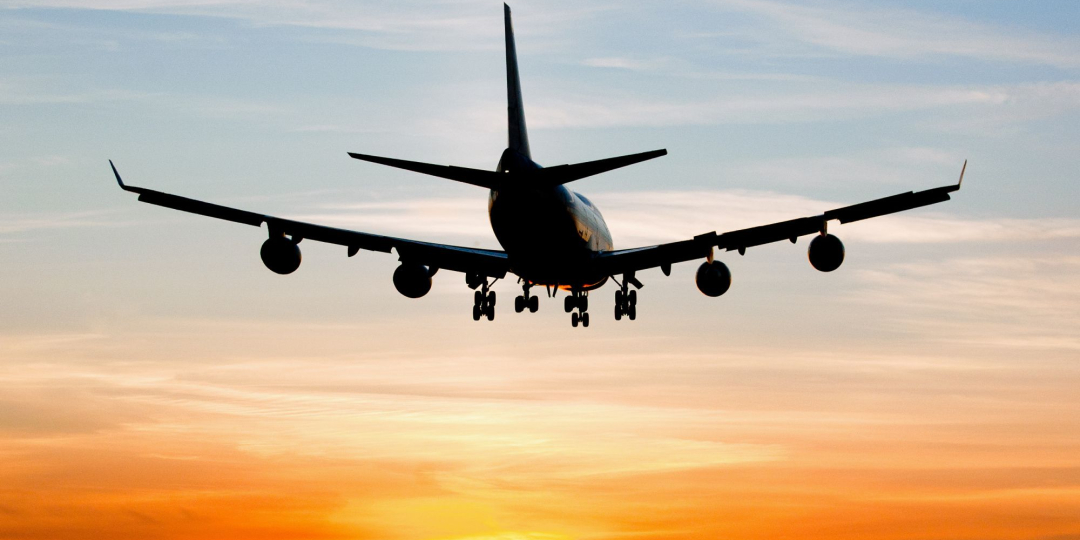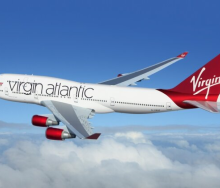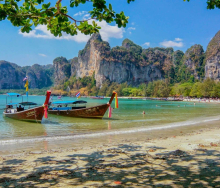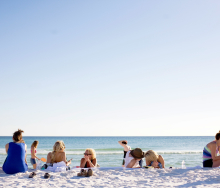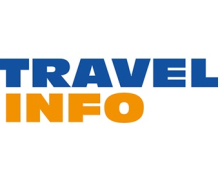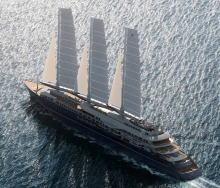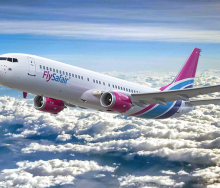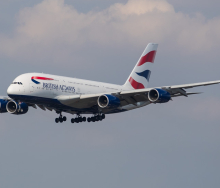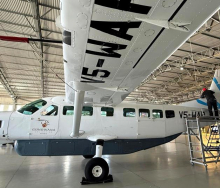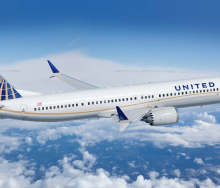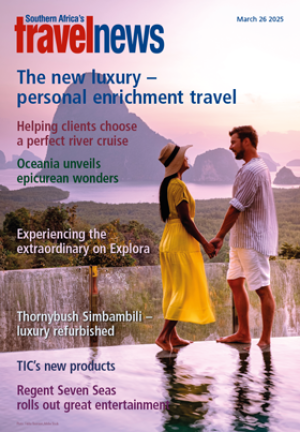With the COVID-19 pandemic halting most travel for several months, airlines are facing major financial turmoil. Now that travel is slowly resuming, airlines could look to ancillaries to help make up the lost revenues.
Manoj Papa, aviation industry specialist well-known in SA, and currently working in the Mediterranean region, said: “The global airline industry is passing through an unprecedented crisis, and the last few months have been hard on airlines. The industry’s experts are predicting three to four years for aviation’s full recovery, with the industry’s governing body calling for stepped-up government relief measures to kick-start air travel.”
As airlines are slowly starting to resume flights, there is more focus on new ways to increase revenues to strengthen the financial position. “There is a lot of talk about the type of costs for services that are to be implemented post-COVID. However, as only a few airlines are currently operating, it is not clear what types of services will now incur an additional cost. Currently being debated are the costs surrounding social distancing i.e. should the middle seat be kept empty, and if so, who should bear the costs for this? Airlines’ profitability is based on achieving a break-even load factor. Keeping the middle seat free will have a direct impact on the load factor, and affect profitability.”
Manoj said other ancillary revenue, such as selling meals on board, might also be suspended in the short term, as airlines aim to limit interactions between crew and passengers. However, he said, this could be a challenge as airlines (especially low-cost carriers) are heavily dependent on this revenue. Certain product offerings could become permanent, whilst other directly linked to COVID might fall away as restrictions are eased. But airlines need to find innovative ways to improve their revenues.
Kirby Gordon, head of sales and distribution at FlySafair, said increasing ancillary costs was not something it would do at this stage. “The way it works is that we find the price point that maximises the revenue in terms of volumes, based on the price elasticity of demand.”
He explained: “If you think about something like priority boarding, if it’s cheap, we’ll sell a lot of units, but if it’s expensive, we’ll only sell a few units, until we actually sell no units. The science for us is to find the sweet spot where the price we get per unit of service times the number of units we can sell is the maximum.
“If anything, customers are going to be more sensitive to price, meaning that people will be even less inclined to purchase a product every time it gets more experience. What this would mean for us is that the ‘sweet spot’ will actually get lower. That process of finding that price point is a lengthy one and it’s a bit pointless working on that while things are so unstable. We’ll be leaving our prices as is for now, and we’ll look at that sort of price optimisation again when things are a little less volatile.”
Linden Birns, md of Plane Talking, said: “I’m sure airlines will continue looking at ancillaries to supplement their revenue streams, especially at this time when they are chasing liquidity. It could be that some carriers adjust their ancillary charges to reflect elasticity in the market, just as they are doing with fares in order to stimulate business.”

